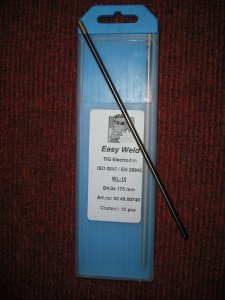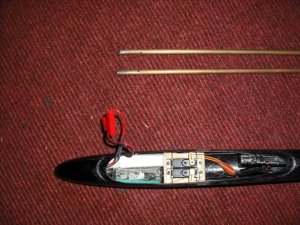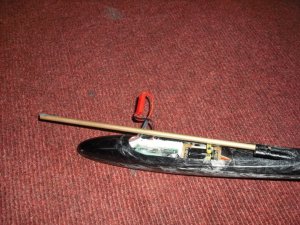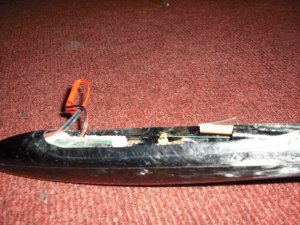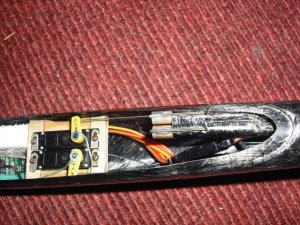Just another opinion......
Just another opinion......
Development of the Twister.
In 2007 Alex build lots of planes with different wings to find a concept that performs and handles well under all weather conditions. In the same period Loet Wakkerman was developing the Tantalus and based on the wing shape of both models I think there were some influences (of course, this will be denied by both Alex and Loet). At the end of 2007 moulds were milled and the first molded Twister was born early 2008. Thereafter, the construction was optimized resulting in two major configurations:
- Wing with glas/ disser and Rohacell.
- Wing with 80 gram/m2 IMS carbon spread tow D-box and Rohacell.
As an option these wings can be delivered with RDS (plug and play!).
Building the Twister.
I ordered a Twisters with IMS carbon spread tow D-box with the optional RDS.
All parts had a good finish were light and gave me the feeling that it is impossible to destroy this plane during launch (but what else can you expect if a model is designed and build by one of the best launchers in the F3K scene!!).
I used the following equipment:
- Accus: 4*NiMH 345 mAh (GP). Note: For some more flying time it is recommended to use NiMh 400 mAh (GP).
- Servo’s: Flaps DS281, elevator and rudder Dymond D47.
- Receiver: Graupner SPCM synthesizer (antenna inside the fuselage and extended at the tail with 40 cm long 0.009 inch diameter piano wire).
For the vertical tail I have printed the shape of the required gap (HT23 with a length of 9 cm) on paper and attached it to the fuselage with double sided tape. After making the gap the vertical tail is attached to the fuselage with 5 minute epoxy and carbon rovings are placed in the edges beween the vertical tail and the fuselage with 24 hours epoxy.
For the servobed I used 1,5mm multiplex, attached it with 5 minute epoxy and placed carbon rovings in the edges with 24 hours epoxy.
For the connection between the wing servo’s and the receiver I used two 25 cm long (15-20 cm would be better but were not available) Graupner servo extension wires, so no soldering was required.
The springs are placed in the vertical and horizontal fins with 5 minute epoxy (spring forces are just perfect). In my opinion there is no need for strengthening the fins. On the early Twisters some dents could occurr in the outer endings of the fins but on the later models carbon is placed at the right locations to avoid this. As already noted by Alex USE covers over the fins during transportation to avoid damage!!
I decided to use a different ballast system consisting of two rooms of round 5 mm with a length of 25 cm placed in the right side of the fuselage. This enables addition of 120 gram ballast maximum (I use Tungsten (Wolfrahm) to achieve this). Reason to use this system is that no failures can be made due to center of gravity and that ballast can be changed within a few seconds.
In the wing the peg is placed with cyano and the tape on the flaps is attached (the tape I used is 16mm width and is placed at exactly 8mm). That’s all!!!
Lessons learned.
For Twisters with carbon spread tow D-box keep the wing out the sun to prevent roughening of the surface (during flying the airflow provides enough cooling). Best way is to put covers with an aluminum surface over the wing. If the wing becomes rough do not panic because this can easily be restored with polish paper (2000/4000).
Flying the Twister.
I put the center of gravity at 81 mm and never felt the need to change it.
Performance of the Twister is in one word SUPER! Excellent reach (launch height and glide angle (as noted before put the flaps in a little up position when exploring air)) and handling in thermal is very good. As Peter already noticed the model feels the same after adding (lots of) ballast, no trimming needed, just add or remove the ballast and go for it!.
In my opinion it is useless to discuss what is the best model available. Differences between the top models are small and the pilot and a little good or bad luck makes the difference during a contest. The Twister is certainly one of these top models as demonstrated by Alex on the German Open and in Delmenhorst. I also think that the model can be recommended to less skillful pilots due to the friendly handling characteristics.
Bas Breijer.

 Yeahhh, deswegen wurde geordert
Yeahhh, deswegen wurde geordert 